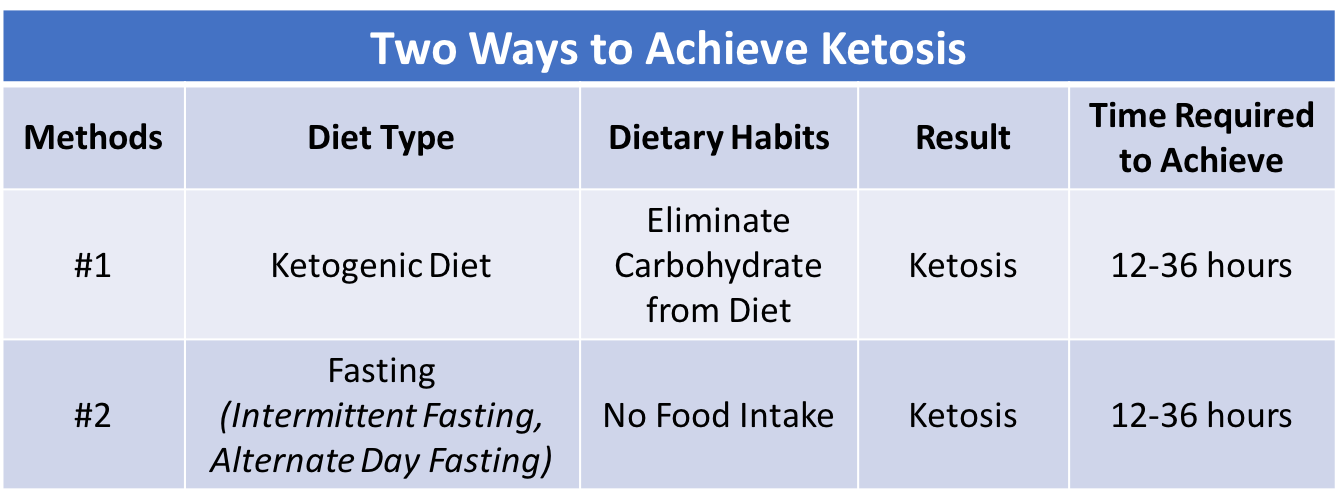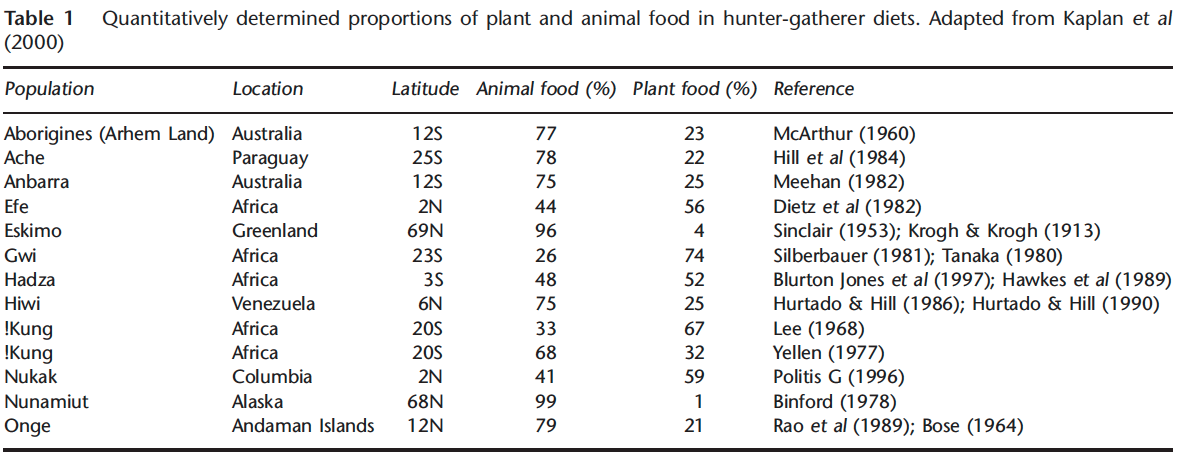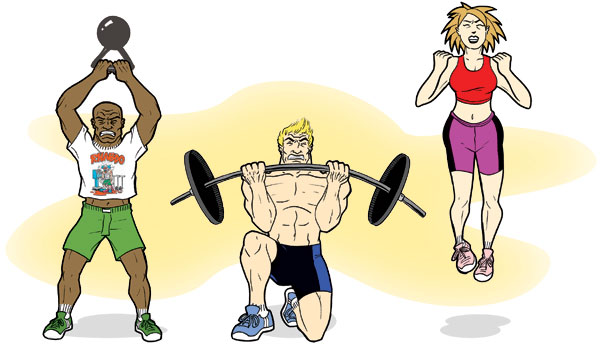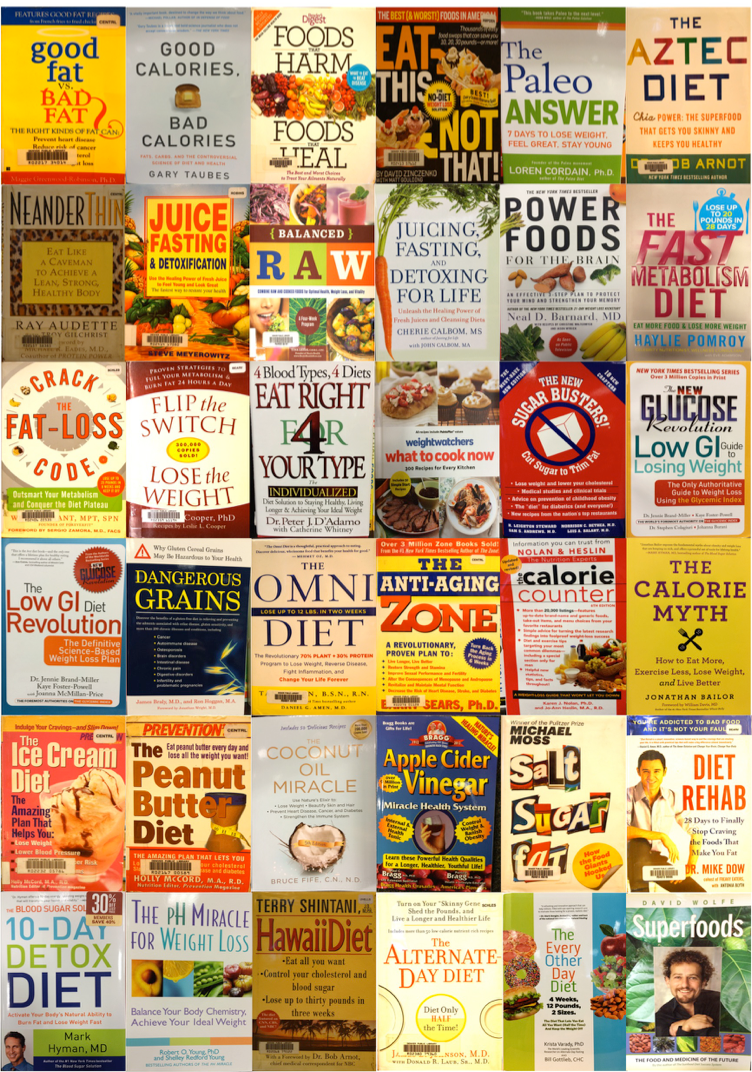Can you count calories for the rest of your life? Of course not, that’s madness. Yet, that is exactly what many weight management programs are based upon. I was recently told that “counting calories works, period!” and while I 100% agree that counting calories works in the short-term, it is not a long-term solution.
When I first graduated with my PhD in 2013, I was obsessed with energy balance and its role in weight management (hence the name Energy Balance Nutrition Consulting). I’ve since realized that, although energy balance is important, it’s not very humanistic and doesn’t even begin to touch upon WHY we make the food decisions that we make in the first place.
So why are people (including myself at one time) so obsessed with estimating metabolic rate, food logging, and counting calories? Because quantifying these things gives people a sense of control and the illusion that they are taking care of their problem. But before we get into why I don’t think food logging and counting calories is the most effective use of your time, let’s for a second, stop and think about why we are counting calories in the first place by walking through an all too common scenario.
You’re overweight, not feeling the greatest about your body, and recognize that you need to make a change but you’re not sure what to do about it or how to do it. You’ve investigated a number of diets on the internet but many of them offer conflicting information and you’re locked into paralysis by analysis. You decide that you need to talk to someone so you set up an appointment to meet with a personal trainer or a nutritionist.
The personal trainer or nutritionist will tell you that the reason you’re overweight is because you’re consuming more calories than you’re burning (a positive energy balance) and that you need to flip that equation into burning more calories than you’re consuming
Figure 1. A Negative Energy Balance (more calories burned than taken in) is the key to weight loss.
Burning more calories through exercise is great but you’ll also need to eat fewer calories. The burning question in your mind is
How many calories should I be eating to lose weight?
The trainer or nutritionist will tell you that it depends on how much weight you want to lose, how fast you want to lose it, AND that it depends on your resting metabolic rate (how many calories you burn at rest to stay alive). The trainer will go on to tell you that you could use an equation where you put in your height, weight, and age to estimate your metabolic rate but there is going to be some error in that measurement. If you really want to know what YOUR specific resting metabolic rate (RMR) is, you should pony up the money to do an RMR test (click here to read why I don’t believe this test is worth it and click here if you are interested in using an equation, which I believe is good enough to get you into the ballpark of what you need).
You agree to do the RMR test and find your RMR. But your RMR only accounts for the calories you burn at rest. Your trainer will now have to either multiply your RMR by an activity factor or estimate the number of calories you will burn during a workout and add those calories to your RMR to get your total daily energy expenditure (TEE). After obtaining your TEE, the trainer will subtract a number of calories from your TEE to help you create a negative energy balance (more calories out than in) to help you lose weight. The size of the prescribed negative energy balance will be based upon how much weight you have to lose and how quickly you want to lose it.
Figure 2. Total Energy Expenditure is made up of how many calories you burn during physical activity (TEA), how many calories you burn digesting and absorbing food (TEF), and how many calories your major body organs burn to keep you alive (RMR).
For example, let’s say that you want to lose two pounds/week. The trainer will then ask you to reduce your calorie intake by 1,000 calories below your estimated TEE. Let’s say that your TEE was estimated to be 2400 calories/day, this now means that you’ll be eating 1400 calories/day to lose 2 pounds/week. The trainer used the standard, yet false and inadequate conversion of 3500 calories = 1 pound of weight loss. Therefore, if you reduced your calories by 1000 calories/day, for 7 days you would lose 2 pounds (1000 x 7 = 7000; take 7000/3500 = 2 pounds). Why 3500 calories does not equal 1 pound of weight loss is a discussion for another day but bear with me.
Now that you’ve been prescribed a calorie goal, you begin religiously counting your calories to stay within the 1400 calorie mark. But my question still stands. How long are you going to be able to do this for?
The weight loss literature pretty clearly shows that if you’re like most people you’ll be able to keep this up for two to three months before the voracity with which you track your intake starts to wane and when you stop tracking, guess what happens, you stop losing weight and you’ll more than likely start gaining some of the weight back that you worked so hard to lose. Case in point, if you look at the average amount of weight lost on the publicly traded, Oprah backed, Weight Watchers, it’s around an abysmal five to ten pounds. I will bet you $100,000,000 and a lifetime of servitude that no one is happy with five pounds of weight loss after one year.
At this point you should be saying, “okay Mr. Smarty-pants, do you have a better solution?” Yes I do.
Meal plan, meal plan, and meal plan.
Here’s why. People don’t do well with uncertainty. No one does, humans are programmed to inherently dislike uncertainty. To relieve some of the stress that comes with uncertainty, trainers and other health & wellness professionals have fallen into the calorie counting trap and it totally makes sense why. If you can measure someone’s metabolic rate and prescribe what you estimate to be the appropriate number of calories, you can quantify how much someone needs to eat. What was once some unknown, abstract solution is now spelled out crystal clear and you have a roadmap for success. But very few people can follow that roadmap, why?
It’s because we’ve been instructed to place our focus in the wrong spot. Being overweight isn’t a math problem, it’s a socioeconomic, emotional, physiological, behavioral, psychological, human problem and all the complexities that come with being human. You can’t reduce food decisions down to a simple number. We are not machines. If you’ve been really good about counting calories and logging all of your food, you might one day say, you know what, I deserve to eat something that’s “bad” for me today. You’re going to treat that as an isolated incident. It’s just a one-time thing. You tell yourself that you don’t always do that. But this is the beginning of the end for you. This is the proverbial “slide” back into your old habits and routines.
If you log your food, how often do you go back and look at your old records? You don’t, looking at them is boring, I know I’m a dietitian that’s looked at hundreds and thousands of food logs, I’d rather watch paint dry. Furthermore, if you have a bad day, you’ll be likely to chalk it up to a bad day and move on to the next.
Food logging and calorie counting is an “of the present moment” type of activity but as the name suggests “Meal Planning” is something you plan well before the time that you complete the activity, in this case eating the food. Logging food is all about what you did and DOES NOT predict what you are going to do. Sure, if you know that you have to write it down you might not eat those potato chips or you might must omit it from your food log or lie about the quantity. As Chelsea Torres has pointed out, you’re not fooling your body, you’re only fooling yourself. Your body still knows how many calories you’re eating no matter what you tell yourself.
Meal planning MUST come before food logging and calorie counting. If weight management were as easy as calories in/calories out, focusing on counting calories rather than meal planning still violates our “order of operations”. For example, when we are solving algebraic fractions the “order of operations” dictates that you have to multiple and divide before you add and subtract. If you add or subtract before multiplying or dividing you will never get the right answer. Counting calories and food logging is only appropriate AFTER you have already extensively meal planned. Without proper meal planning you will find yourself in far too many tempting situations to be successful. Who cares how good you are about tracking if you’re not adequately planning.
If you don’t control your environment and your temptations, making food decisions so late in the game is going to have disastrous consequences. Your focus should be first and foremost on meal planning, if you want to count calories after that, then that is a secondary objective.
I’m not anti-counting calories ever. I just think there is a time and a place for them, namely:
Counting calories increases your general knowledge of how many calories are in foods: you should have a general idea of whether a food is low, medium or high calorie but you don’t have to know the exact numbers. Knowing exact numbers is nothing more than micromanaging your diet.
Counting calories may be necessary at the beginning of a diet: to get a feel for portion sizes and calorie content before finding your groove, counting calories may be warranted.
If you’ve fallen off the wagon: if you find that your weight loss has stalled or if you’re gaining weight, counting calories may be warranted.
Counting calories provides a false sense of control and belief that you’re doing your part. After all, counting calories is a huge pain in the ass, so it must be working right? I think that most of us have a general sense that if something is high effort that it must also be of high reward.
While this may be true in the short term, counting calories is never a long-term solution. We act like counting calories is THE TOOL, when in reality it is one of many tools. A far more powerful tool is meal planning. Admittedly, meal planning is a lot of work up front but not really any more than food logging and counting calories is and the work that you put in upfront is an investment because eventually your meal planning will morph into a long-term solution. Counting calories is an “in the present” activity and as soon as you stop doing it, it is gone. There’s nothing to fall back on and there is no return on your investment.
Figure 3. Meal Planning is the Long-Term Solution to Healthy Eating. Counting Calories is only a temporary solution that leaves you back a square one.
Meal planning helps control your food environment and therefore limits your temptations and food decision making. You know what you’re going to eat, when you’re going to eat it and will be far more effective long-term than counting calories. Some people complain that they don’t like how restrictive meal planning is, that they can’t be spontaneous but the thing is, you don’t have to follow it to an absolute “T”, it’s okay to deviate when you feel like it. If you’re after weight loss and want to alleviate the uncertainty that comes with dieting, there’s nothing better than meal planning.























